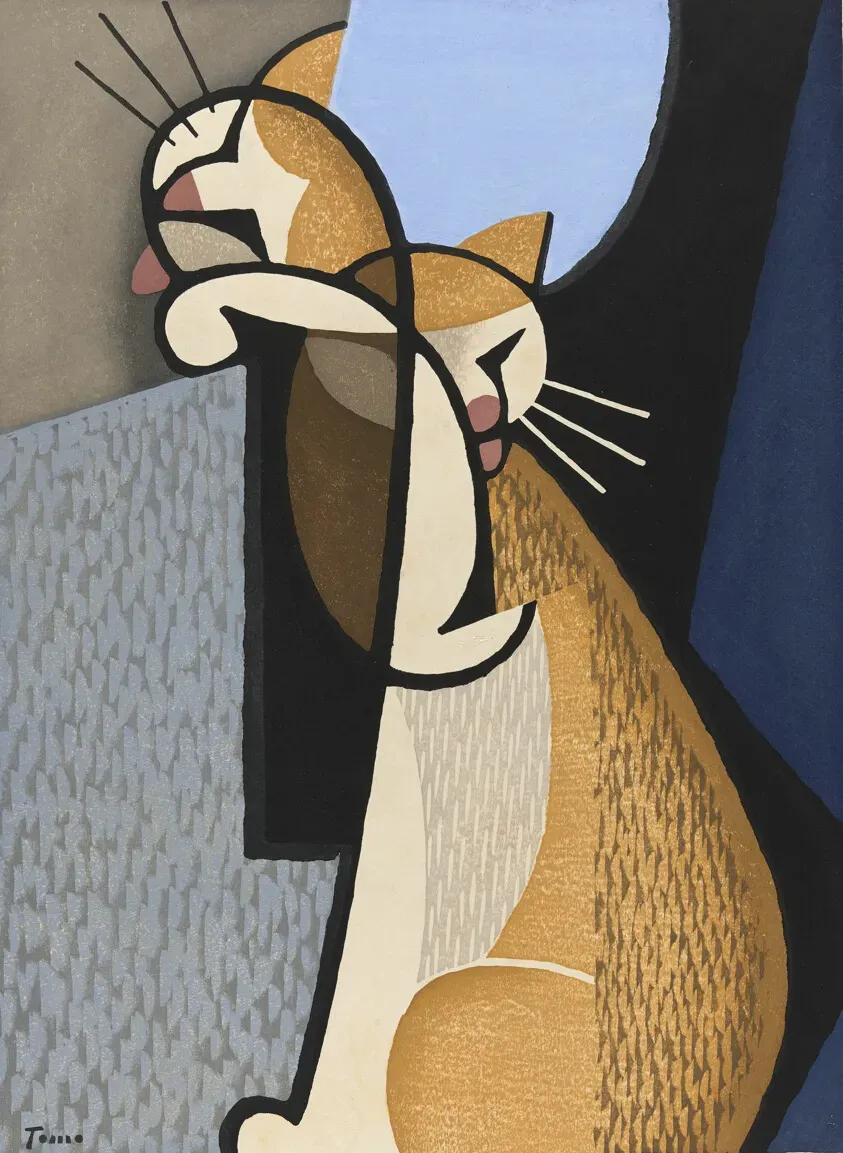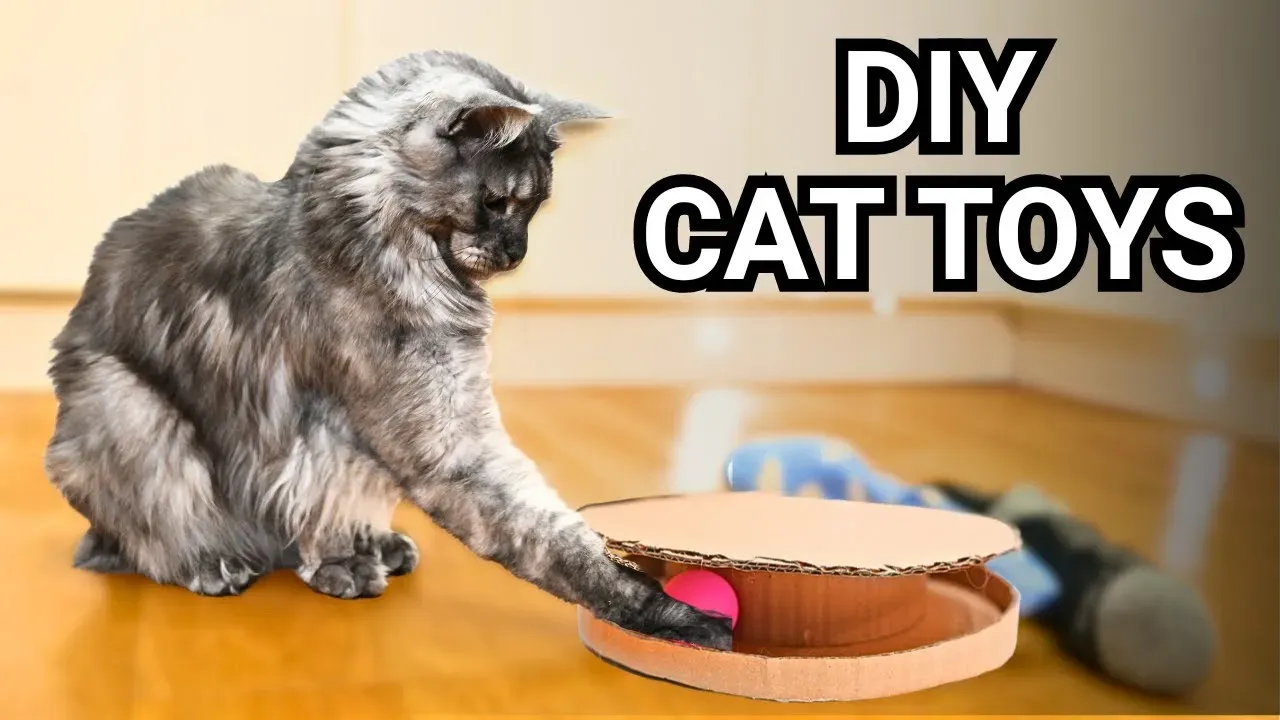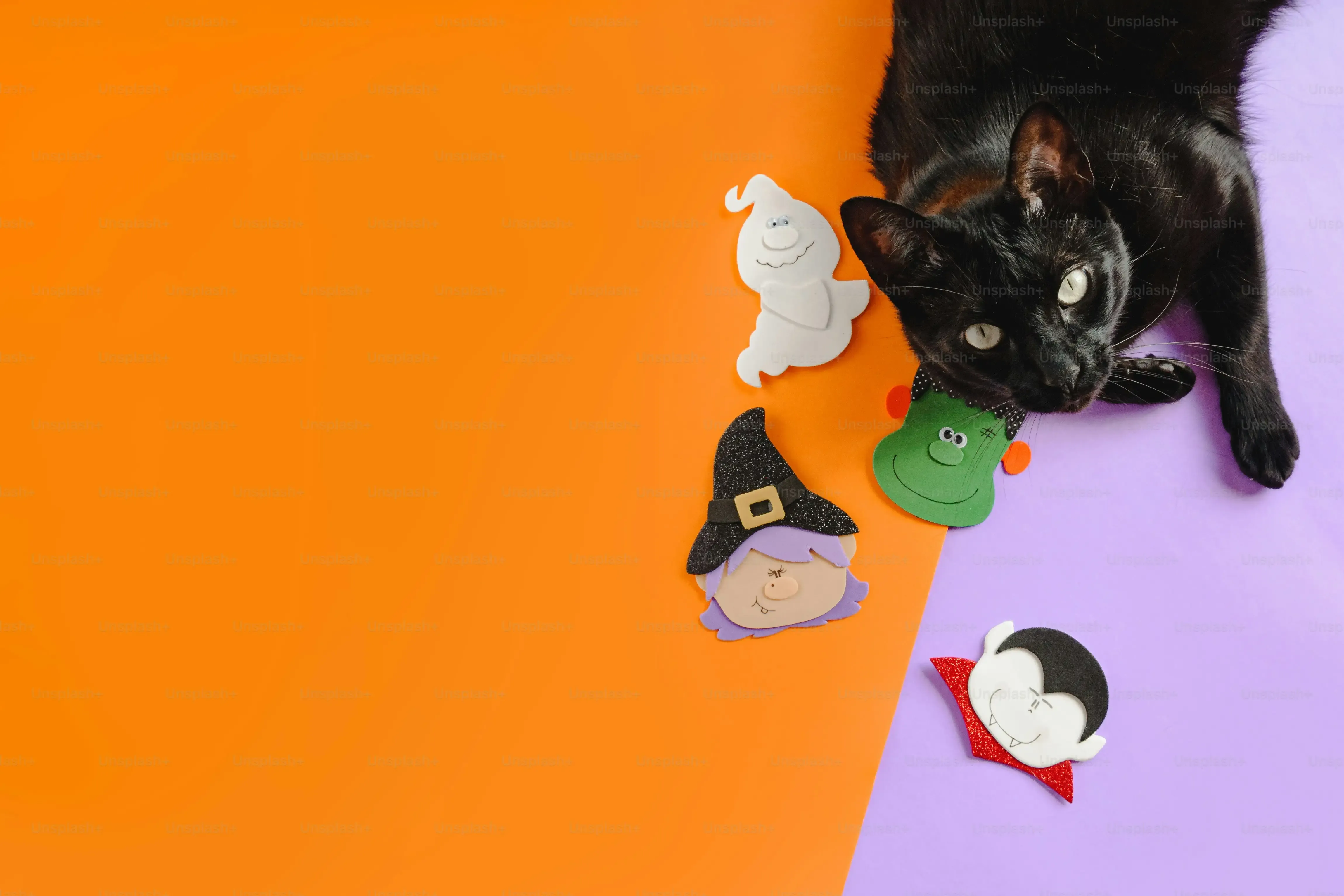Table of Contents
Let's be real. You love your cat, but sometimes those fancy pet store toys cost more than your last takeout order and end up ignored under the couch anyway. Sound familiar? A bored cat can be a destructive cat, or worse, just a sad, lazy lump. Keeping them entertained is key, but it doesn't require a second mortgage. Good news: you can learn exactly how to make simple cat toys using stuff you probably already have lying around. Forget complicated crafts; we're talking about repurposing everyday items into irresistible playthings your feline friend will actually use. This guide will walk you through why making your own is a smart move, the basic junk you'll need (in the best way possible), some ridiculously easy projects you can whip up in minutes, and how to keep the fun going. Ready to become your cat's favorite toy designer without spending a dime? Let's dive into how to make simple cat toys that get tails twitching.
Why DIY? The Benefits of Making Simple Cat Toys

Why DIY? The Benefits of Making Simple Cat Toys
Look, spending twenty bucks on a fluffy mouse only for your cat to sniff it once and walk away? Yeah, we've all been there. That's why diving into the world of DIY cat toys makes so much sense. It saves you a ton of cash, obviously. But beyond the financial win, making your own simple cat toys means you know exactly what materials are going into them. No weird chemicals, no tiny plastic bits waiting to be swallowed. You get to tailor the toy to your cat's specific weirdness – maybe they only chase crinkly things, or maybe they're obsessed with dangly bits. You can experiment without feeling like you've wasted money on something they'll ignore. It's about creating something safe, inexpensive, and perfectly suited to your furry overlord's play style. That, my friend, is the real power of understanding Why DIY? The Benefits of Making Simple Cat Toys are pretty clear once you think about it.
Gathering Your Supplies for Simple Cat Toys

Gathering Your Supplies for Simple Cat Toys
Raid Your Recycling Bin (Seriously)
before you head to the craft store and drop a small fortune on felt and glitter (please, no glitter with cats), look around your place. Learning how to make simple cat toys starts with scavenging. Empty toilet paper rolls? Gold. That single sock that lost its partner in the laundry abyss? Prime toy material. Cardboard boxes from your latest online shopping binge? Cat forts and scratchers, incoming. Old t-shirts, bottle caps (the plastic kind, rinsed!), even wine corks can be repurposed. The goal here is to be cheap and creative. Think textures, sounds (crinkly paper is a winner), and things they can bat around or chew on safely. It's less about perfection and more about providing novel stimuli.
Safety First, Always
While we're talking about scrounging, a quick reality check. Not everything in your junk drawer is fair game when Gathering Your Supplies for Simple Cat Toys. Avoid anything small enough to be easily swallowed and become a choking hazard – think buttons, beads, googly eyes. Skip anything with sharp edges, staples, or toxic materials. Yarn and string can be dangerous if ingested, leading to intestinal blockages (a very expensive trip to the vet, trust me). When in doubt, leave it out. Your cat's health is non-negotiable, even in the pursuit of free entertainment. Stick to larger pieces of fabric, sturdy cardboard, and items that won't splinter or break apart easily.
Quick Check: What NOT to Use?
- Small buttons or beads
- Loose string or yarn (unless tightly secured)
- Anything with sharp points or edges
- Glitter or small sequins
- Foam or sponges that can be chewed off
- Plastic bags (suffocation risk)
Easy Projects: How to Make Simple Cat Toys from Household Items

Easy Projects: How to Make Simple Cat Toys from Household Items
Cardboard Tube Wonders
Alright, so you've got your stash of toilet paper or paper towel rolls. Perfect. Learning how to make simple cat toys doesn't get much easier than this. Grab a tube and a pair of scissors. You can cut rings off the tube to create simple rings they can bat around. Or, flatten the tube and cut slits along the edges, then twist it slightly to make a crinkle-catching, oddly-shaped thing they can chase. Another trick? Fold in the ends of a whole tube to make a little treat dispenser. Poke a few holes in the sides, drop in a couple of kibbles, and let them work for it. It's cheap, it's fast, and it satisfies that hunting instinct.
Sock and Fabric Scraps
Don't toss those single socks! They are goldmines when figuring out how to make simple cat toys. Stuff a sock with some fabric scraps, maybe a bit of crinkly paper from packaging, and tie the end tightly in a knot. Boom. Instant kicker toy. Cats love to bunny-kick things, and a stuffed sock is the ideal size and texture. Got old t-shirts or fleece blankets? Cut them into strips and braid them together, tying off the ends. This makes a durable, chewable toy they can carry around. Just make sure everything is securely fastened and there are no loose threads they could ingest.
- Crumpled paper balls
- Wine corks (check they don't splinter)
- Empty plastic water bottles (remove rings, supervise play)
- Paper bags (cut off handles, supervise)
Keeping Them Interested: Rotating Your Homemade Cat Toys

Keeping Them Interested: Rotating Your Homemade Cat Toys
so you've mastered how to make simple cat toys and your place is starting to look like a feline kindergarten. Great! But here's the catch: cats get bored. Fast. That amazing crinkle ball you made yesterday? Old news by tomorrow. The key to Keeping Them Interested: Rotating Your Homemade Cat Toys is simple novelty. Don't leave every single toy scattered around all the time. Think of yourself opening a birthday present – exciting the first time, less so the hundredth. Keep a selection of toys out for a week or two, then swap them out for a different set you've stashed away. When the "old" toys reappear later, they feel new and exciting again. It’s like magic, but it's just basic psychology (for cats, anyway).
- Keep a "toy bin" for storage.
- Select 3-5 toys to leave out at a time.
- Swap the selection every 1-2 weeks.
- Introduce "new" old toys with enthusiasm.
More Play, Less Pay: The Simple Truth About Cat Toys
So there you have it. Before you drop another twenty bucks on a laser pointer your cat will ignore after five minutes, look around your house. That old sock, that empty paper towel roll, that random bottle cap – they aren't just trash. They're potential goldmines for feline fun. Learning how to make simple cat toys isn't about being a master crafter; it's about understanding what makes your cat tick: movement, texture, and maybe a little bit of mischief. You'll save money, reduce waste, and best of all, you'll get to watch your cat go absolutely nuts over something you made yourself. And isn't that worth a few minutes of your time?